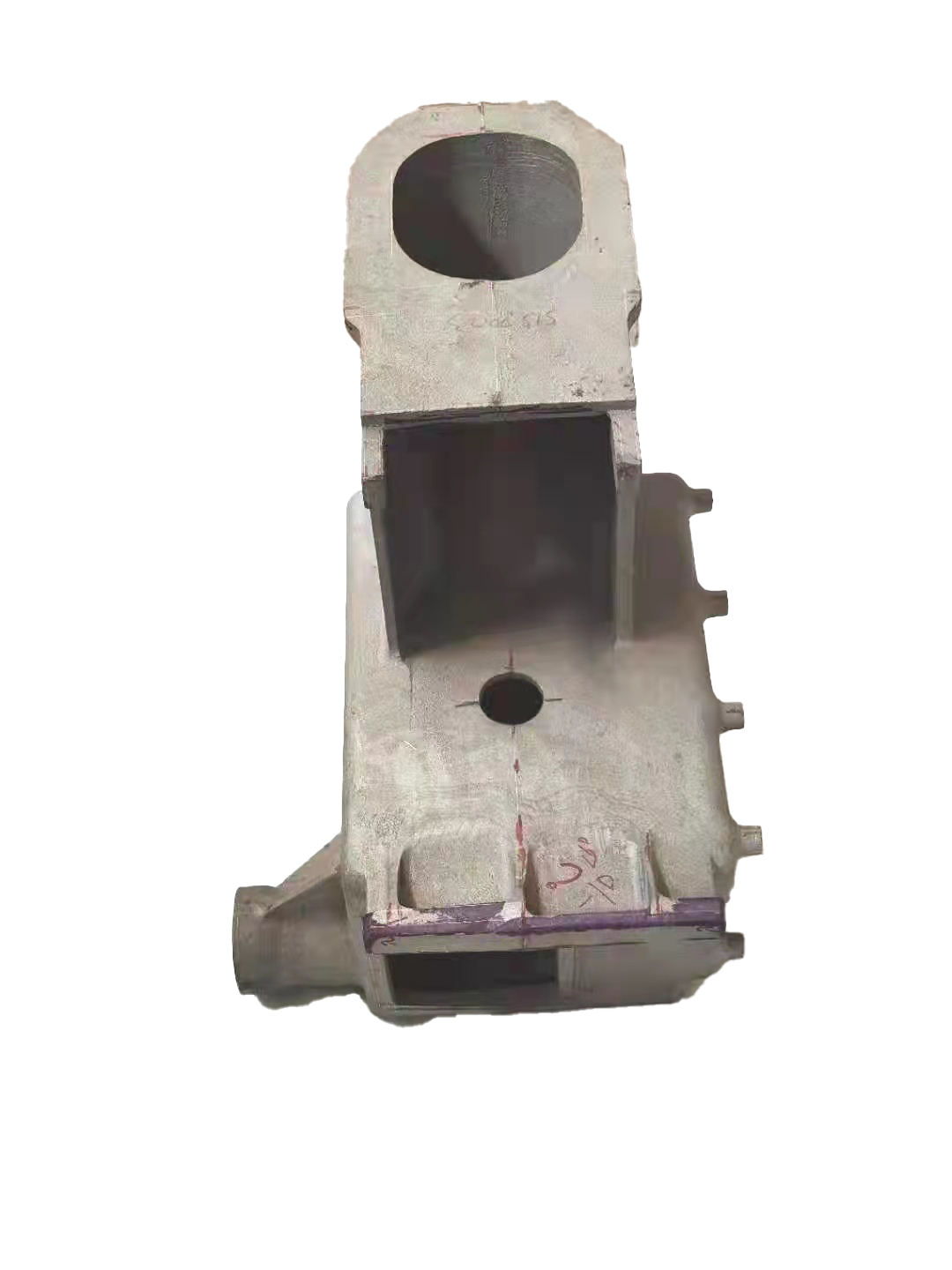इमेल ढाँचा त्रुटि
emailCannotEmpty
emailDoesExist
pwdLetterLimtTip
inconsistentPwd
pwdLetterLimtTip
inconsistentPwd

समाचार
Electroplating Surface Treatment Process of Die Castings
Casting is a situation where the raw materials are melted at high temperatures, become liquid and have a certain flowability, and then are introduced into the concave mold. The general concave mold is sand mold, metal material type, etc., which are refrigerated and formed after fluidity in the set concave mold. However, the roughness is generally very low, and most of them are used as rough embryos, which must be independently rough and deep processed in the future. Generally, pig iron is used as the raw material for casting. Because the metal material copper, zinc, aluminum and aluminum alloy profiles have very good circulation and ductility.
Therefore, aluminum alloy die-casting can make a variety of complex appearances, and can also make high precision and smoothness, which greatly reduces the machining volume of castings and metal materials such as copper, zinc, and aluminum. Or the forging capacity of aluminum alloy profiles not only saves power engineering, metal composite materials, but also labor costs; while copper, zinc, aluminum and aluminum alloy profiles have high-quality heat transfer, smaller proportions and process performance; Castings are widely used in every manufacturing industry.

Electroplating surface treatment process of die castings
Preparation and application of electroplating for metal materials of castings:
Metal material plating is the whole process of spraying molten corrosion-resistant metal material to the metal surface with air compression or rare gas to produce a maintenance coating. When metal materials are plated, the plated surface raw materials are melted and atomized in a professional spray or spray gun, and sprayed onto the base material. This type of surface decoration is sometimes called metal material spray paint. Oxyacetylene flames are generally used, but other gases are sometimes used.
When the coated iron wire is automatically fed according to the flame core, the iron wire is melted and additionally atomized and sprayed onto the base material by the compressed air flow. Basically, any metal material that can be made into an iron wire can be plated in this way. Another spray gun uses powdered material to spew out the flames. The advantage of this method is that it can not only plate metallurgical materials, but also metalized ceramic polymer materials, metal oxides and cemented carbide tools.
The surface layer before plating Luo is prepared in advance:
Since the fusion between the plated material obtained by metal plating and the base material is pure mechanical equipment fusion, the base material must be properly pre-solved. It is convenient to obtain excellent mechanical equipment fusion. Regardless of which surface preparation method is used, the substrate surface must be cleaned and free of oil stains.
A common way to prepare the surface in advance is the sandblasting process.
Therefore, the grains of sand are sufficiently sharp to create a real matte surface, and for a cylindrical surface that can be rotated beside a lathe, a reasonable approach is to carve out a very thick external thread, and then gently extrude it with an extrusion knife. crest of teeth. An improvement that can be used in the plan view is to use a round grooving knife to cut a series of parallel face grooves, and then use a knurling knife to grab the land in the middle of each groove. If the plated surface is also to be processed, the substrate surface should be prepared in advance by rough machining or grooving to obtain a good advance preparation.
Conclusion
For more information about pressure die casting machine,die casting process steps,die cast machine, we are glad to answer for you.

